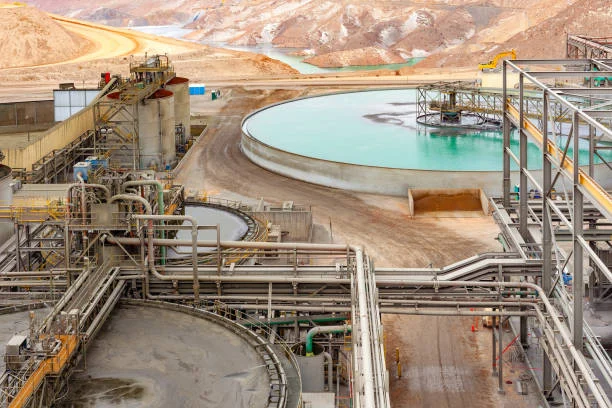
1. Introduction
Gold has always held great value in various fields, from jewelry making to electronics and finance. Extracting gold from its ores efficiently and economically is a crucial aspect of the gold mining industry. The traditional Cyanidation process, which uses cyanide as a leaching agent to dissolve gold from the ore, has been widely used due to its high leaching rate and good selectivity. However, it also has limitations, especially when dealing with Refractory gold ores. Refractory gold ores are those in which gold is often associated with sulfide minerals, and the traditional cyanidation method cannot effectively extract gold from them. This has led to the development of new technologies, among which the pressure oxidation - cyanidation process stands out.
2. Principle of the Pressure Oxidation - Cyanidation Process
2.1 Pressure Oxidation
The first step of this new process is pressure oxidation. In refractory gold ores, gold is usually encapsulated within sulfide minerals such as pyrite and arsenopyrite. Under normal conditions, cyanide cannot access the gold effectively. Pressure oxidation is carried out in an autoclave at elevated temperatures (usually 120 - 220 °C) and pressures (several atmospheres). In this high - temperature and high - pressure environment, the sulfide minerals are oxidized. This oxidation process breaks down the sulfide minerals, releasing the encapsulated gold and making it more accessible for the subsequent cyanidation step.
2.2 Cyanidation
After pressure oxidation, the ore slurry is subjected to the cyanidation process. Cyanide ions react with gold in the presence of oxygen. The gold forms a soluble complex with cyanide ions, which can then be separated from the remaining ore components through methods such as solid - liquid separation.
3. Process Flow
3.1 Ore Preparation
The first stage is to prepare the ore. The raw refractory gold ore is first crushed and ground to a fine particle size. This increases the surface area of the ore, which is beneficial for both the pressure oxidation and cyanidation processes. The goal is to achieve a particle size that allows for efficient chemical reactions while still being manageable in the subsequent processing steps.
3.2 Pressure Oxidation Stage
The finely ground ore is then fed into an autoclave. Oxygen is introduced into the autoclave, and the temperature and pressure are adjusted to the appropriate levels. The residence time in the autoclave varies depending on the nature of the ore but is typically several hours. During this time, the sulfide minerals in the ore are oxidized. After the pressure oxidation process is complete, the slurry is discharged from the autoclave.
3.3 Cyanidation Stage
The oxidized ore slurry is cooled and then transferred to a cyanidation tank. A cyanide solution, usually Sodium Cyanide, is added to the tank. The slurry is agitated to ensure good contact between the cyanide solution and the ore particles. The gold in the ore reacts with the cyanide ions to form the soluble complex. The cyanidation process usually takes several hours to reach a high Gold extraction rate.
3.4 Gold Recovery
After the cyanidation process, the next step is to recover the gold from the cyanide solution. One common method is the carbon - in - pulp (CIP) or carbon - in - leach (CIL) process. Activated carbon is added to the cyanide solution, and the gold - cyanide complex is adsorbed onto the surface of the activated carbon. The carbon with adsorbed gold is then separated from the solution. Another method is zinc precipitation, where zinc powder is added to the cyanide solution. Zinc displaces gold from the complex, forming metallic gold, which can be filtered and further refined.
3.5 Tailings Treatment
The remaining slurry after gold recovery is the tailings. Since the tailings may still contain some cyanide and other harmful substances, proper treatment is necessary. The tailings are usually subjected to detoxification processes to break down the remaining cyanide. This can be achieved through methods such as chemical oxidation or biological treatment. After detoxification, the tailings can be safely disposed of.
4. Advantages of the Pressure Oxidation - Cyanidation Process
4.1 High Gold Recovery Rate
For refractory gold ores, the pressure oxidation - cyanidation process can achieve significantly higher gold recovery rates compared to traditional cyanidation. In some cases, the gold recovery rate can reach over 90%, while traditional cyanidation may only achieve 30 - 60% for the same refractory ores. This is because the pressure oxidation step effectively liberates the gold from the sulfide minerals, allowing cyanide to react with it more efficiently.
4.2 Adaptability to Different Ores
This process can handle a wide variety of refractory gold ores, whether they contain high levels of sulfide minerals or other complex components. It provides flexibility in ore selection for mining companies, as they are not limited to only processing easily - treatable ores.
4.3 Cost - Effectiveness in the Long Run
Although the initial investment in building a pressure oxidation - cyanidation plant is relatively high due to the need for specialized equipment such as autoclaves, in the long run, it can be cost - effective. The high gold recovery rate means more gold can be produced from the same amount of ore, increasing the revenue. Additionally, the relatively stable process reduces the risk of production losses due to inefficient extraction.
5. Challenges and Solutions
5.1 High Capital Investment
The construction of a pressure oxidation - cyanidation plant requires a large amount of capital investment. The autoclaves, which are essential for the pressure oxidation process, are expensive to purchase and install. To address this challenge, mining companies can consider joint - ventures or long - term financing options. They can also conduct detailed feasibility studies before investing to ensure the economic viability of the project.
5.2 Environmental and Safety Concerns
Cyanide is a highly toxic substance, and any leakage or improper disposal can cause serious environmental and safety problems. In the pressure oxidation - cyanidation process, strict safety measures must be in place. This includes the use of leak - proof equipment, closed - loop systems for cyanide solution circulation, and regular monitoring of cyanide levels in the environment. For tailings treatment, advanced detoxification technologies should be employed to ensure that the discharged tailings do not pose a threat to the environment.
5.3 Technical Complexity
The operation of the pressure oxidation - cyanidation process requires a high level of technical expertise. Workers need to be well - trained in operating the autoclave, controlling the temperature and pressure, and ensuring the proper addition of reagents in the cyanidation process. Mining companies can invest in training programs for their employees or hire experienced technicians. They can also establish partnerships with research institutions to keep up with the latest technological developments and ensure the smooth operation of the process.
6. Conclusion
The pressure oxidation - cyanidation process is a significant advancement in the field of gold extraction, especially for refractory gold ores. It offers high gold recovery rates, adaptability to different ores, and long - term cost - effectiveness. However, like any technology, it also faces challenges such as high capital investment, environmental and safety concerns, and technical complexity. By addressing these challenges through proper planning, investment in safety and training, and continuous technological innovation, the pressure oxidation - cyanidation process can play an increasingly important role in the sustainable development of the gold mining industry.
- Random Content
- Hot content
- Hot review content
- Sodium Amyl Xanthate (SAX) 90%, Mining chemical, mining flotation reagent
- Expanded AN explosive
- Food Grade Heavy Light Precipitated Calcium Carbonate Powder Granular 99%
- Feed Grade 98.0% Calcium Formate
- Gold Ore Dressing Agent Safe Gold Extracting Agent Replace Sodium Cyanide
- Sodium Metasilicate Pentahydrate
- 97% 2-Hydroxypropyl methacrylate
- 1Discounted Sodium Cyanide (CAS: 143-33-9) for Mining - High Quality & Competitive Pricing
- 2Sodium Cyanide 98% CAS 143-33-9 gold dressing agent Essential for Mining and Chemical Industries
- 3Sodium Cyanide 98%+ CAS 143-33-9
- 4Anhydrous Oxalic acid 99.6% Industrial Grade
- 5Oxalic acid for mining 99.6%
- 6Soda Ash Dense / Light 99.2% Sodium Carbonate Washing Soda
- 7Reagent Grade/Industrial Grade Hydrochloric Acid min.31%
- 1Sodium Cyanide 98% CAS 143-33-9 gold dressing agent Essential for Mining and Chemical Industries
- 2High Quality 99% Purity of Cyanuric chloride ISO 9001:2005 REACH Verified Producer
- 3 High-Quality Sodium Cyanide for Leaching
- 4Powdery emulsion explosive
- 5Industry Grade Electron grade 98% Sulfuric Acid H2SO4 Sulphuric Acid Battery Acid Industrial Sulfuric Acid
- 6Colloidal emulsion explosive
- 7sodium hydrosulfide 70% flakes used Mining Industry


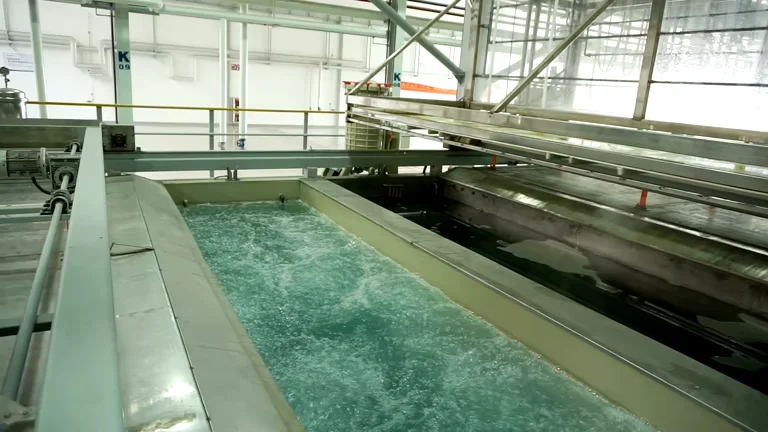

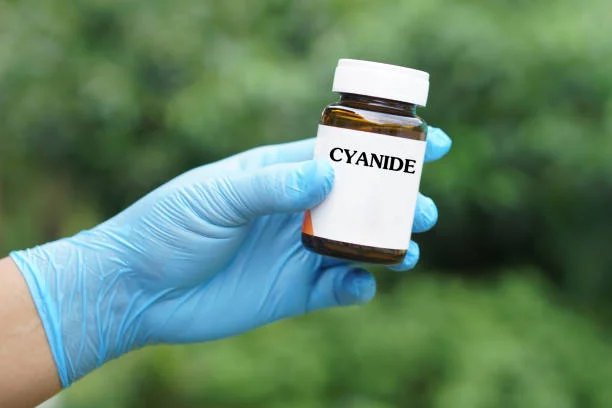

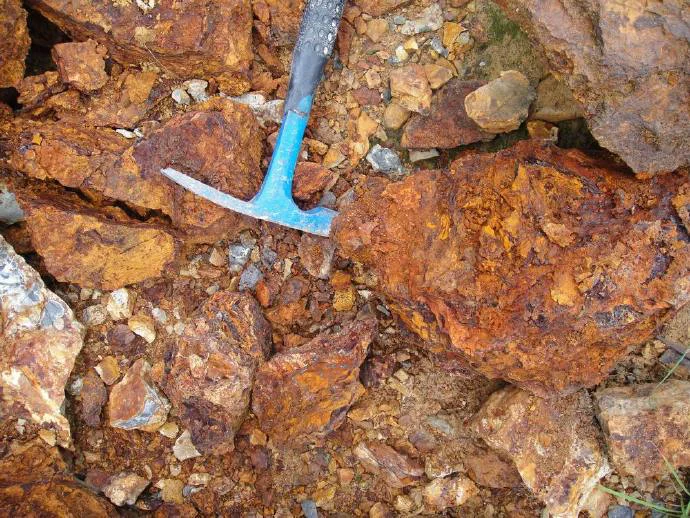
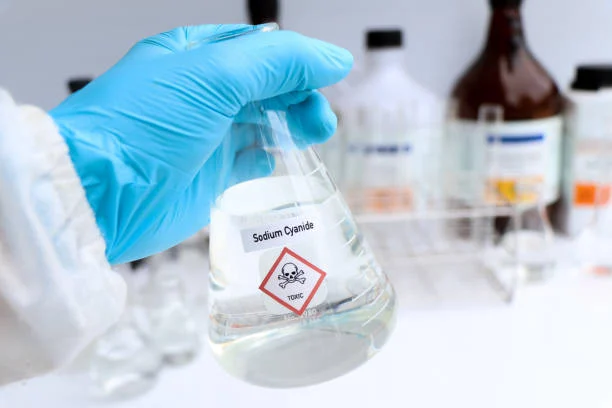
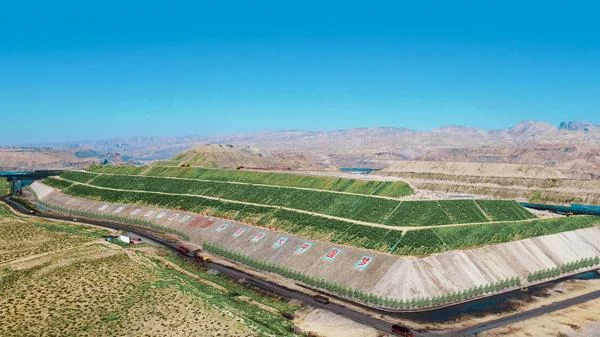


Online message consultation
Add comment: